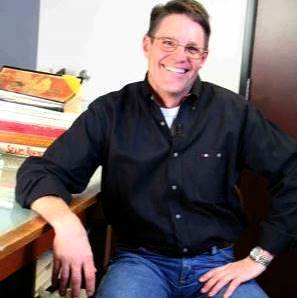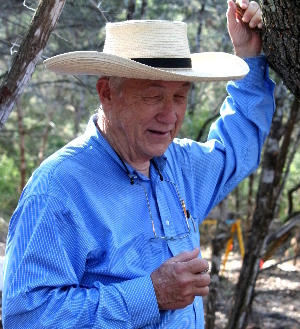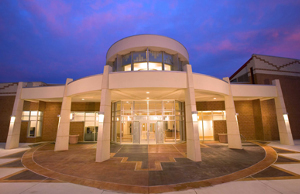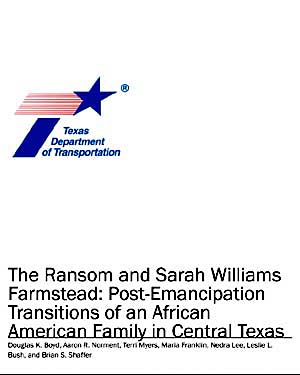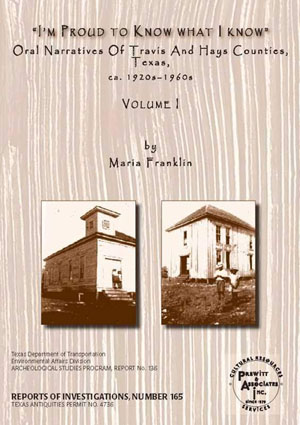Credits & Sources
The Ransom and Sarah Williams Farmstead exhibit was written by Doug Boyd and Aaron Norment (Prewitt and Associates, Inc.), Maria Franklin (Department of Anthropology, University of Texas at Austin), Terri Myers (Preservation Central, Inc., Austin), and Nedra Lee (PAI and Department of Anthropology, UT-Austin). TBH Editor Susan Dial and Assistant Editor Heather Smith designed and developed the exhibit for the web, with assistance of Liberal Arts Instructional Technology Services (LAITS) at UT-Austin. TBH Education Advisors Carol Schlenk and Laine Liebick created the teachers' curricula and student activities. Special thanks to Trudy Williams who contributed countless hours proofreading and testing the exhibit. The regional and site maps were created by PAI graphics supervisor Sandy Hannum, and Brian Wootan created the compilation artifact figures using photographs taken by Jennifer McWilliams. The three paintings that depict the historic lifeways of the Williams family on their farm are by Austin artist and retired archeologist Frank Weir. The audio clips used in this exhibit are from the Williams Farmstead Oral History Collection, now housed at the Dolph Briscoe Center for American History at the University of Texas at Austin. The video clips are from two different sources. Some are footage taken by KLRU-television in Austin for their Juneteenth Jamboree 2010 and used courtesy of producer Michael Emery, while others are footage taken by LAITS and used courtesy of Daniel Garza. The Briscoe Center also provided digital images of period African-American newspapers for use in the Newspapers section of this exhibit. The project was sponsored by the Texas Department of Transportation. Additional funding for the exhibit was provided by the Travis County Historical Commission, Travis County, the Texas Archeological Society, the Council of Texas Archeologists, the Travis County Archeological Society, and the Friends of the Texas Archeological Research Laboratory. The many groups and individuals that contributed to the project and this exhibit are recognized below. Prewitt and Associates, Inc.As one of the firms that contracts with TxDOT to provide cultural resources services around the state, PAI took the lead role in the historic archeological investigations at the Williams Farmstead from 2007 through 2013. Doug Boyd served as the project manager and principal investigator, and the project archeologists were Aaron Norment and Jennifer McWilliams. Boyd was raised in the small town of Tulia in the Texas Panhandle. He attended West Texas State University and later earned his Masters degree at Texas A&M. Since 1987 he has been a consulting archeologist for the Austin-based firm Prewitt and Associates, Inc., where he is now Vice President. Norment is a staff archeologist at Prewitt and Associates, and much of his work focuses on historic archeology. Since the beginning of the Ransom and Sarah Williams Farmstead project, he was involved in project planning and execution, from field work to laboratory analysis and report writing. Norment received his B.A. in Anthropology from the University of Texas at Austin and his M.A. in Anthropology from Texas Tech University. Department of Anthropology, University of Texas at AustinDr. Maria Franklin served as an archeological consultant and directed the oral history component of the Williams Farmstead Archeological Project. Franklin is an associate professor in the Department of Anthropology at the University of Texas at Austin, with a joint appointment in the African and African Diaspora Studies Department. She is also affiliated with UT’s John L. Warfield Center for African and African American Studies. Franklin joined the Williams Farmstead Archeological Project in 2008, and her involvement is the primary reason the descendant community outreach was such an outstanding success. Nedra Lee was a PAI employee on the field crew for the 2009 data recovery, and she assisted in the subsequent artifact analysis and did the archival research examining African American newspapers published in Austin in the late nineteenth century. In addition, Lee is a graduate student in UT’s Anthropology Department, and her dissertation research (directed by Dr. Franklin and completed as of 2014) involves looking at the Williams Farmstead material culture to examine race, space, and identity in the rural Bear Creek community where the farm was located. Preservation Central, Inc.Terri Myers operates Preservation Central, Inc. in Austin, providing a wide range of services, such as archival research, National Register nominations, preservation planning, and historic resources surveys. She served as the project historian and conducted archival research intermittently for Prewitt and Associates from 2005 through 2013. Following even the most elusive historical leads, she made many wonderful discoveries that changed the direction and tone of the research. Because of Myers’ meticulous research, the story of the Williams family is rich and comprehensive. Texas Department of TransportationThe Williams Farmstead Archeological Project was funded by the Texas Department of Transportation, and overseen by the Archeological Studies Program of the Environmental Affairs Division in Austin. Dr. Scott Pletka is the program director, and Jon Budd is the staff archeologist who served as project manager for all the phases of work at the Williams Farmstead. They both took an active role in managing what turned out to be a long and complex archeological project. Manchaca-Onion Creek Historical AssociationOnce they found out about the Williams Farmstead project, members of the Manchaca-Onion Creek Historical Association took an active interest our research, visiting both the archeological site and the PAI laboratory. In particular, Marilyn Dunnahoo McLeod has a deep connection to the site, and she had heard of Ransom Williams. As it turns out, her great-grandfather Daniel Labenski was Ransom Williams’ neighbor from the 1870s to the turn-of-the century. McLeod shared all of her family genealogy and research files with PAI, and this information proved to be quite helpful in many ways. Descendant CommunityThe oral history research, organized and directed by Dr. Franklin, was an integral part of the Williams Farmstead Archeological Project. While Dr. Franklin and PAI certainly played a big role in this effort, the real contribution to the project is the 46 hours of audiotaped stories generously donated by the 27 people who agreed to be interviewed. All of these people had a vested interest in the project, and they believed that their stories—and the history we were seeking to document—were important. Since the publication of the oral history narratives in 2012, no one can deny that these interviews contain valuable historical perspectives and details not found in any other sources. All but two of the interviewees are African Americans who are members of the descendant community, and these people share a common heritage and bond with the Williams family of the late nineteenth century. All of these people deserve a big “Thank You” for their contributions! On a sad note, three of these people passed away before the oral history report was completed in March 2012, so they did not get to see the fruits of their labor. |
|
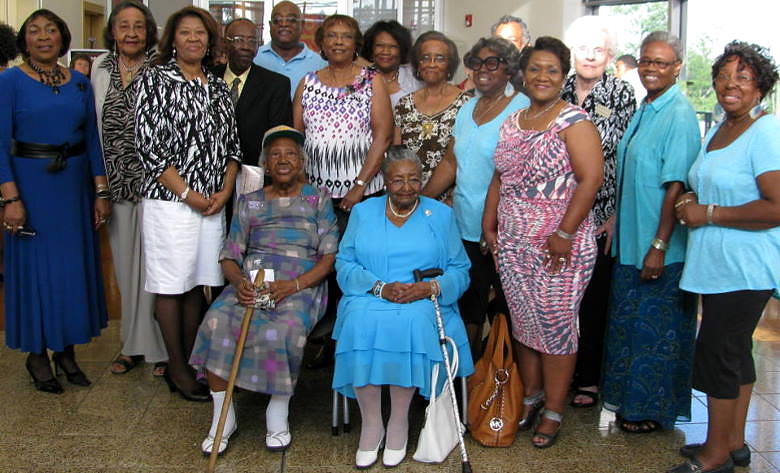
Members of the descendant community, shown at the George Washington Carver Museum and Cultural Center in Austin, where the oral history publication for the project was unveiled. The individuals who contributed oral history interviews for the Williams Farmstead Archeological Project are listed below, and the asterisks denote the use of people's audio or video clips in this exhibit:. Photo by Laura Arizmendi. |
|
|
|
The George Washington Carver Museum and Cultural Center in Austin is working with Prewitt and Associates, TxDOT and UT-Austin on plans for a museum exhibit highlighting the Ransom and Sarah Williams Farmstead project. In conjunction with this effort, the Conservation Research Laboratory at Texas A&M University did the conservation on many of the most significant artifacts recovered from the Williams Farmstead. Arianna Dimucci did this work under the direction of project manager Jim Jobling. Print SourcesBeaudry, Mary Blake, Marie E., and Terri Myers Boyd, Douglas K. Boyd, Douglas K., Maria Franklin, and Terri Myers Boyd, Douglas K., Aaron R. Norment, Terri Myers, Maria Franklin, Nedra Lee, Leslie L. Bush, and Brian S. Shaffer Campbell, Randolph Fessler, Garrett Franklin, Maria Gilbert, Charlotte and Quinn Eli Granger, G. |
|
Grose, Charles William Haney, Lewis H. and George S. Wehrein (editors) Heath, Barbara J. and Amber Bennett Jordan, Terry Joseph, J. W. Koch and Fowler Kyriakoudes, Louis, M. Lee, Nedra K. Leone, Mark P. and Gadys-Marie Fry Leone, Mark P., Cheryl J. LaRoche, and Jennifer J. Babiarz. Mears, Michelle M. Montgomery Ward Mullins, Paul R./ Puckett, Newbell Niles Sears, Roebuck, and Company 1902a 1902 Sears Roebuck Catalogue No. 111. Abridged 1993 reprint by Gamercy Books, New York. 1902b 1902 Sears Roebuck Catalogue No. 112. Unabridged 2002 reprint by Princeton Imaging, New Jersey. Electronic document, http://www.princetonimaging.com. 1908 1908 Sears, Roebuck Catalogue: A Treasured Replica for the Archives of History, edited by Joseph J. Schroeder, Jr. 1971 reprint by Digest Books, Inc., Northfield, Illinois. Schweniger, Loren Sitton, Thad, and James H. Conrad South, Stanley Spivey, Towana Suggs, Henry Lewis (editor) Wade, Melvin Wahlberg, Molly Westmacott, Richard Wilkie, Laurie A. LinksOnce Upon a Time Ransom Williams Crossed State Highway 45 The Rubin Hancock Farmstead Hendrick and Ware Plantations Schomburg Center for Research in Black Culture
TheTexas Runaway Slave Project Digital Library of American Slavery History of Austin’s Racial Divide in maps
|
